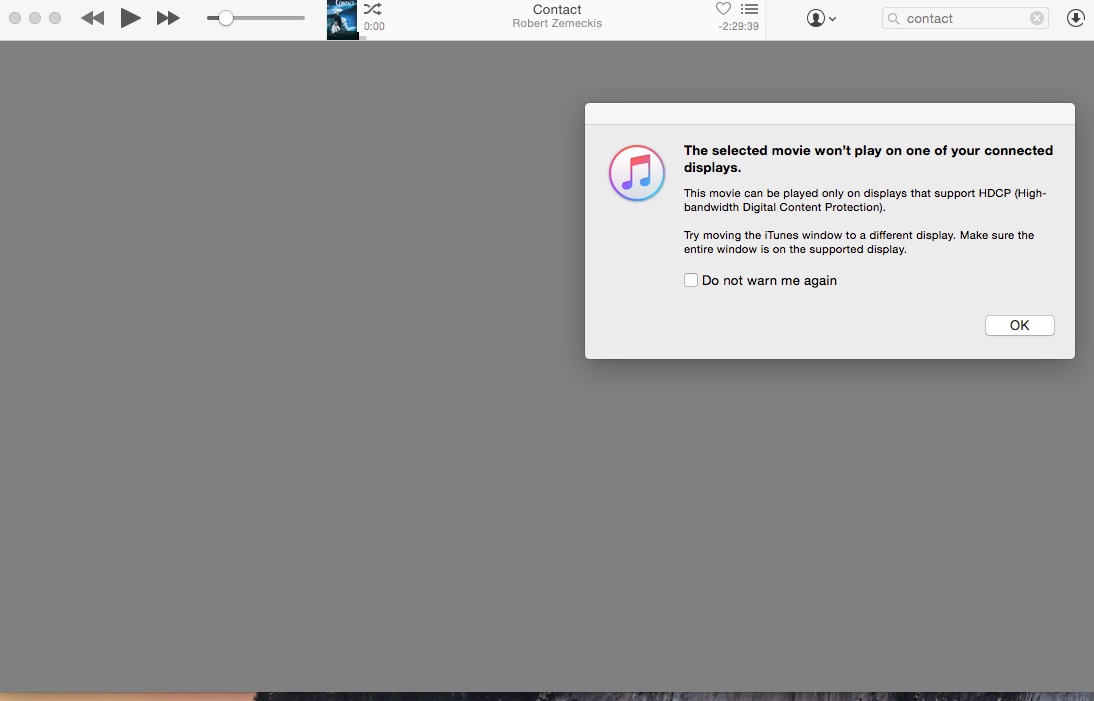Why do some auditions go well, and why do some go so poorly? Why are some performances (even of the same material) go so differently?
Over dinner today, we were watching Gabi Belle’s video about the dearth of good actual comedies in theaters, and she showed some original casting clips from The Office (U.S. version).
It’s always interesting to see the initial audition tapes for actors who have starred and inhabited their roles for years. The most iconic example for me is Robert Downey Jr.’s screen test for Iron Man, where he so inhabited the character that there was no other option but to cast him[1].
The Office original casting clips tell a similar story. John Krasinski (Jim Halpert) completely inhabits his character, and Rainn Wilson (Dwight Schrute) exactly nails the level and type of insanity that a person would need to have to say the lines in the audition script to a co-worker, apropos of nothing. Jenna Fischer, Brian Baumgartner, Oscar Nuñez, Angela Kinsley, Leslie David Baker, Kate Flannery, B.J. Novak, Craig Robinson, and others, culminating in Melora Hardin and Steve Carell completely embodying their characters. This is basically what you’d expect, from a set of excellent actors/comedians auditioning for a role that would make a bunch of them famous.
What was far more interesting was the performances of the actors/comedians who didn’t make the cut. From the outside, they are just as proficient in their craft, and yet, each of their performances fell flat[2]. Seth Rogan, Bob Odenkirk, Eric Stonestreet, Kathryn Hahn, and Patton Oswalt are each excellent elsewhere (who can forget ‘It was Agatha, all along!‘ (mild spoilers for WandaVision).
This felt really odd. These are all excellent actors/comedians, some of them at the top of their game. How come their auditions were so poor? It felt like they were just reading, or phoning it in. Were they uninterested or just unable to inhabit the character(s)? Were they having an off day, or perhaps they had 10 auditions that week, and they thought The Office would never go anywhere?
Back in the day, I used to do singing competitions, and many of our coaches would talk about ‘going beyond words and notes’, to the point where we were focusing on putting ‘heart’ into our performances. It feels like there’s something like this at play here, where the part goes to the person who can best embody the character, whether that’s because they are a better actor, or because it’s a better fit, the one who can practice their part until it feels natural, until they embody it, until they get beyond ‘words and notes’, and focus on the ‘heart of the character.
Either way, this inspires me to practice my performances more, whether I’m standing in front of some slides, or singing to my wife. Thanks for going on this journey with me. 🙂
[1] RDJ has a well-known and documented checkered past (note: allusions to suicide)
[2] Judah Friedlander had an energetic take on Dwight, but I feel didn’t quite nail the appropriate type or intensity of insanity required for the part. Adam Scott did a decent Michael Scott, but in hindsight, his audition was an even better Ben Wyatt.

